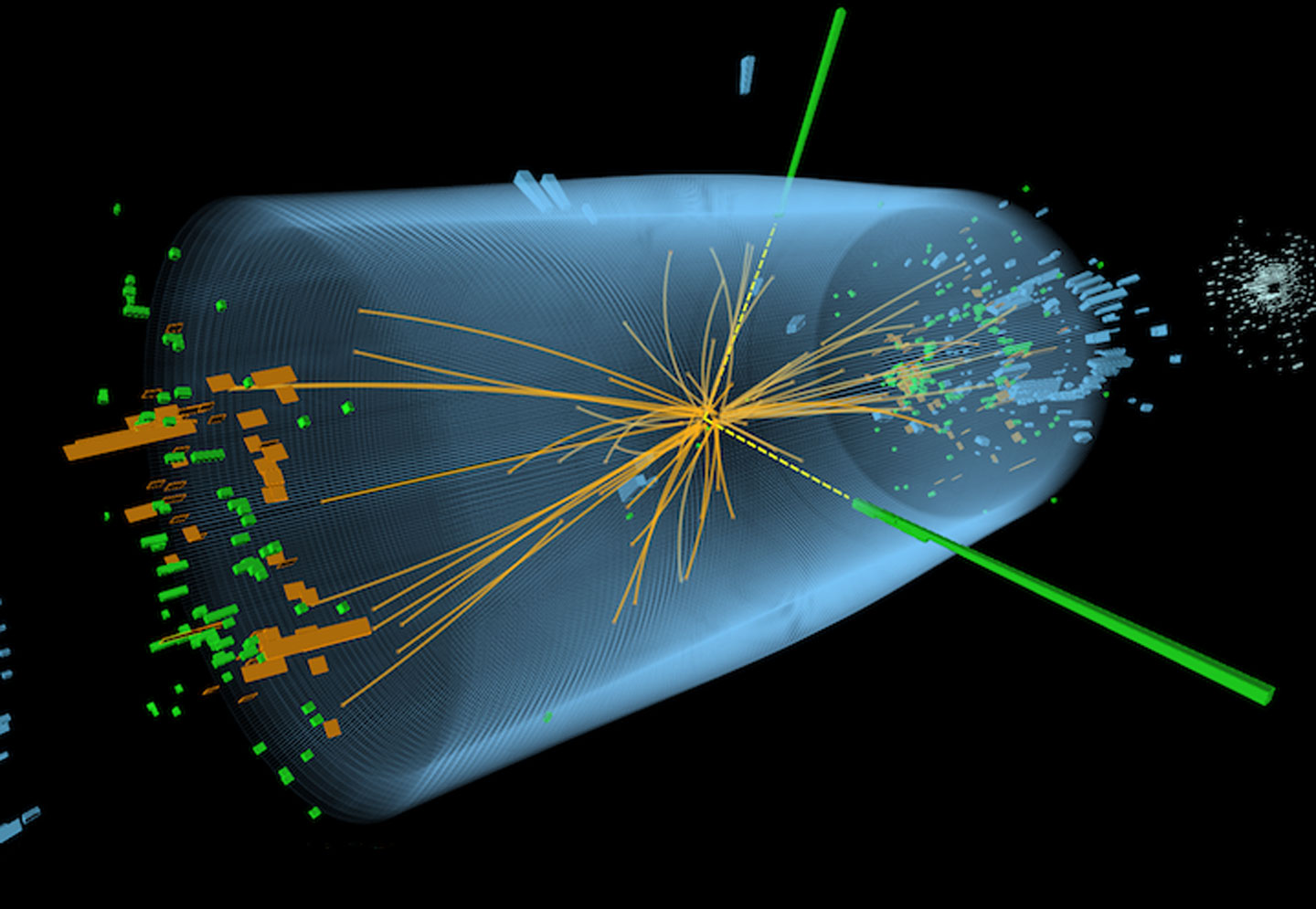Today during the 50th session of “Rencontres de Moriond” in La Thuile Italy, the ATLAS and CMS experiments presented for the first time a combination of their results on the mass of the Higgs boson.
The combined mass of the Higgs boson is mH = 125.09 ± 0.24 (0.21 stat. ± 0.11 syst.) GeV, which corresponds to a measurement precision of better than 0.2%. The Higgs boson is an essential ingredient of the Standard Model of particle physics, the theory that describes all known elementary particles and their interactions. The Brout-Englert-Higgs mechanism, through which the existence of the Higgs boson was predicted, is believed to give mass to all elementary particles. Today’s result is the most precise measurement of the Higgs boson mass yet and among the most precise measurements performed at the LHC to date.
“Collaboration is really part of our organization’s DNA,” says CERN Director General Rolf Heuer. “I’m delighted to see so many brilliant physicists from ATLAS and CMS joining forces for the very first time to obtain this important measurement at the LHC”.
The Higgs boson decays into various different particles. For this measurement, results on the two decay channels that best reveal the mass of the Higgs boson have been combined. These two decay channels are: the Higgs boson decaying to two photons; and the Higgs boson decaying to four leptons – where the leptons are an electron or muon.

Each experiment has found a few hundred events in the Higgs to photons channel and a few tens of events in the Higgs to leptons channel. The analysis uses the data collected from about 4000 trillion proton-proton collisions at the Large Hadron Collider (LHC) in 2011 and 2012 at centre-of-mass energies of 7 and 8 TeV.
“The Higgs Boson was discovered at the LHC in 2012 and the study of its properties has just begun. By sharing efforts between ATLAS and CMS, we are going to understand this fascinating particle in more detail and study its behaviour,” says CMS spokesperson Tiziano Camporesi.
The Standard Model does not predict the mass of the Higgs boson itself, so it must be measured experimentally. But once supplied with a Higgs mass, the Standard Model does make predictions for all the other properties of the Higgs boson, which can then be tested by the experiments. This mass combination is the first step towards a combination of other measurements of the Higgs boson’s properties, which will include its other decays.
"While we are just getting ready to restart the LHC, it is admirable to notice the precision already achieved by the two experiments and the compatibility of their results,” says CERN Director of Research Sergio Bertolucci. “This is very promising for LHC Run 2.”
Up to now, increasingly precise measurements from the two experiments have established that all observed properties of the Higgs boson, including its spin, parity and interactions with other particles are consistent with the Standard Model Higgs boson. With the upcoming combination of other Run 1 Higgs results from the two experiments and with higher energy and more collisions to come during LHC Run 2, physicists expect to increase the precision of the Higgs boson mass even more and to explore in more detail the particle’s properties. During Run 2, they will be able to combine their results promptly and thus increase the LHC’s sensitivity to effects that could hint at new physics beyond the Standard Model.
For a longer version of this article, see the CERN press release

